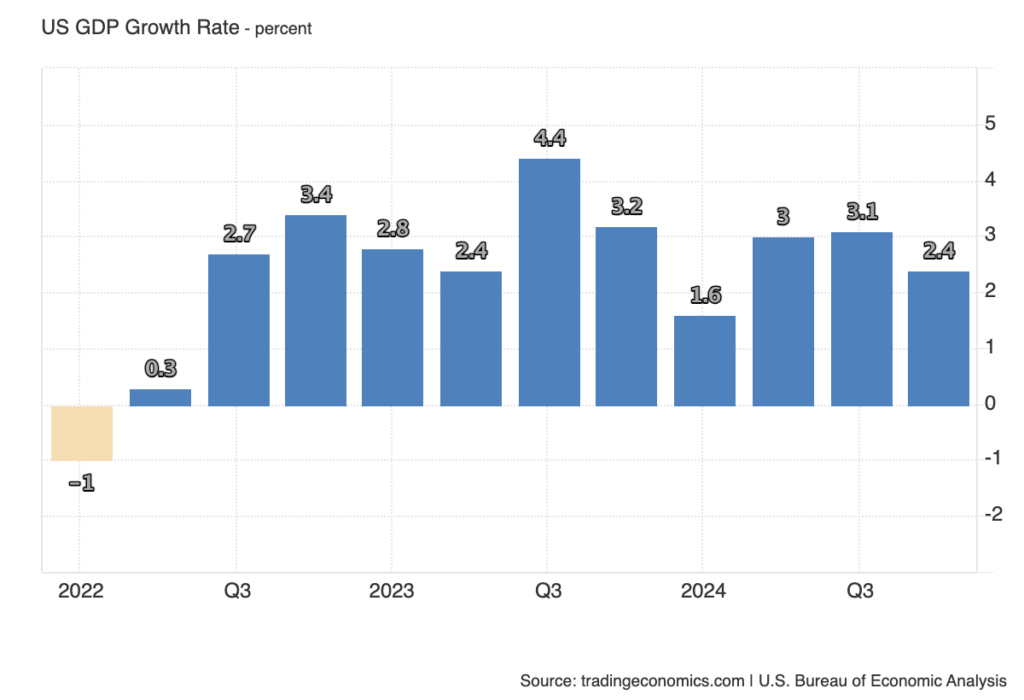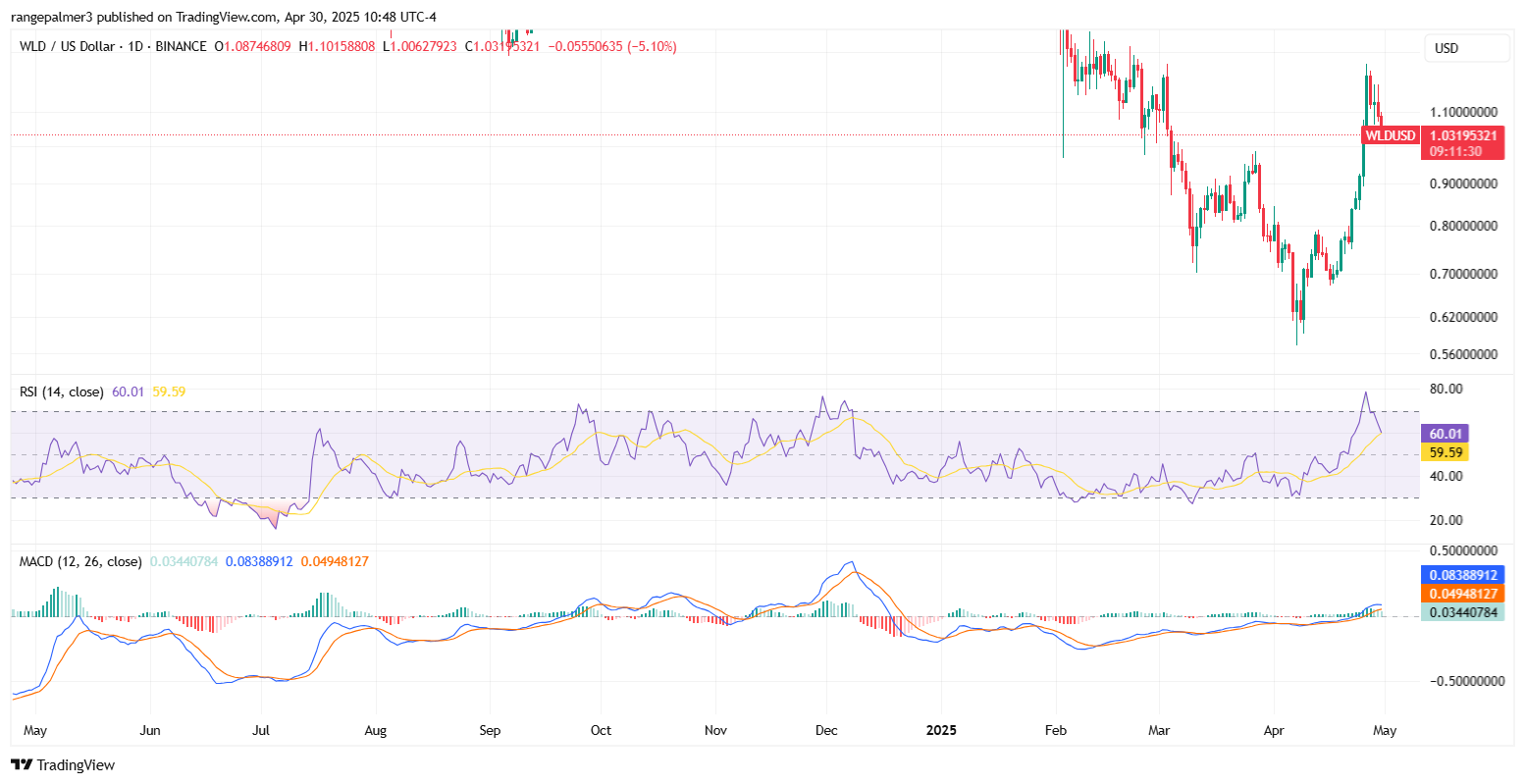
At 8:30 ET today, the Bureau of Economic Analysis is set to release a preliminary estimate for US Q1 GDP, with consensus expectations forecasting at a seasonally adjusted annual 0.3%.
If confirmed, this marks the weakest quarterly print since early 2022, in stark contrast to the $3 billion-plus inflow into Bitcoin ETF last week, reflecting what some market participants interpret as a pivot of capital preferences to digital assets amidst the macroeconomic stagnation.
[Editor’s Note: Q1 GDP will not include tariff impact as the cut-off date came before ‘Liberation Day.’]
GDP predictions show severe divisions. The Atlanta Fed’s Nowcast called for a 2.7% contraction, but the Philadelphia Fed model projected a 2.5% growth, and was last updated on February 14th.

Regardless of the final figure, dragging from the record merchandise trade deficit is a common feature across estimates, with some models attributing negative contributions of up to 1.9 percentage points.
This trade shortage was a result of delayed front-loading of tariffs, spurring first imports during the last quarter. Stocks are expected to remain flat, but consumer sentiment continues to deteriorate, reaching its lowest level in five years. Business capital expenditures have also been reduced.
The persistence of inflation further complicates the photography. The consumer price index in March rose 2.4% year-on-year, while the Core PCE Index, the Federal Reserve’s preferred inflation gauge, was 2.8% in February.
Interest rate futures are currently priced at a rate of 90% or more by December. At the same time, the Treasury yields have fallen, the dollar has weakened, and an aggressive comparison with the 1970s is due to economic growth stalls and inflation rates exceeding their targets.
Bitcoin macro hedge in 2025?
The setup of the Bitcoin market is particularly different from traditional macro images. Realised capitalization of top digital assets is currently at $883 billion, and continues to flow in despite pullbacks from the price peak in January.


Data show that around 20,000 BTC have finished exchanges in the past week, the highest weekly net spill in two years driven primarily by a whale accumulation of 19,255 BTC. Meanwhile, the Spot Bitcoin ETF has won a major intake of $3.4 billion inflow in the third largest week to date.
BlackRock’s IBIT alone recorded $643 million on April 23rd. This is the second largest daily influx.
Volatility metrics suggest a broader evolution of market structure. The volatility achieved has been compressed by about 50% since its peak in 2022, and the volatility spread between Bitcoin and the Nasdaq is currently close to the low cycle.
This compression gives credit to characterizing Bitcoin as a mature asset class. This is an view reinforced by Vaneck’s observation that its volatility and comovement profiles are increasingly similar to the gold profile rather than stocks.
The juxtaposition between the near-stuck US economy and the record-breaking cumulative investment costs of Bitcoin reflects the discrepant narrative of capital preservation.
Trade deficit drugs highlight restrictions on commodity economies with tariffs in place, but Bitcoin’s borderless framework provides a contrasting tool for global allocation.
Against the backdrop of lukewarm growth and rising inflation, discourse on digital assets as a potential stagflation hedge has resumed, particularly as demand for ETFs endures despite the recession signal.
With key funds like BlackRock and Fidelity continuing to absorb supply, the flow to digital assets shows resilience detached from traditional macro indicators.
Market participants are currently paying attention to the May 1 Core PCE update and next week’s FOMC decision to further clarify rate trajectories and inflation conditions.








